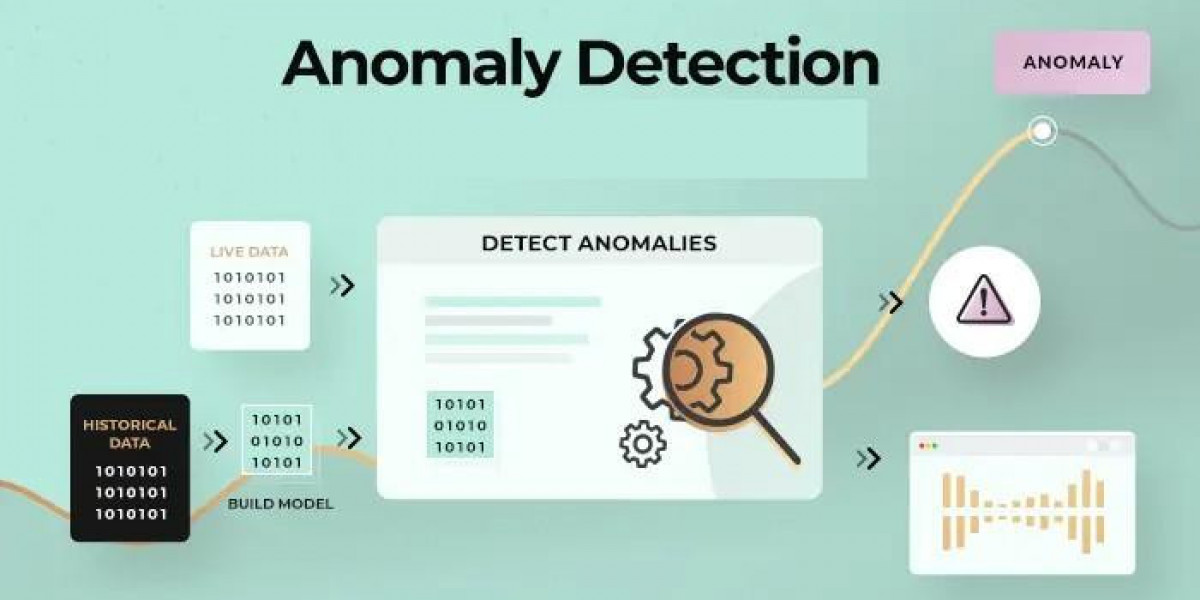Orthogonal Frequency Division Multiple Access (OFDMA) is a game-changing technology that underpins the latest advancements in wireless communication, particularly in next-generation Wi-Fi, such as Wi-Fi 6 and Wi-Fi 6E. As the demand for faster, more reliable, and efficient wireless networks continues to grow, OFDMA plays a crucial role in meeting these needs by optimizing how data is transmitted and received across multiple devices. This article explores the significance of OFDMA, how it works, and its impact on wireless communication.
What is OFDMA?
OFDMA is a multi-user version of the Orthogonal Frequency Division Multiplexing (OFDM) technology, which has been used in Wi-Fi and cellular networks for years. In OFDM, a single data stream is split into multiple smaller sub-carriers that are transmitted simultaneously over different frequencies. OFDMA takes this concept further by allowing these sub-carriers to be allocated to multiple users at the same time, significantly improving network efficiency and performance.
How OFDMA Works
OFDMA works by dividing the available bandwidth into smaller sub-channels, known as Resource Units (RUs). Each RU can be assigned to different users based on their data transmission needs. For example, a user downloading a large file may be allocated several RUs, while another user sending a small email might be assigned just one RU. This dynamic allocation of RUs allows the network to serve multiple users simultaneously, reducing latency and improving overall efficiency.
In a traditional OFDM system, each user would occupy the entire bandwidth for a short period, causing delays and inefficiencies, especially in high-density environments. OFDMA, on the other hand, enables simultaneous transmission for multiple users, ensuring that the network can handle more devices without sacrificing performance.
Benefits of OFDMA
Improved Network Efficiency: OFDMA significantly improves network efficiency by allowing the simultaneous transmission of data to multiple users. This reduces the time each user has to wait for their turn to access the network, leading to faster data rates and a smoother user experience. In environments with high device density, such as offices, stadiums, or smart homes, OFDMA ensures that the network remains responsive and efficient.
Reduced Latency: One of the most critical benefits of OFDMA is its ability to reduce latency. By enabling multiple users to transmit data at the same time, OFDMA minimizes the delays associated with waiting for access to the network. This is particularly important for real-time applications like online gaming, video conferencing, and IoT devices, where even a slight delay can impact performance.
Enhanced Capacity: As the number of connected devices continues to grow, the capacity of wireless networks becomes increasingly important. OFDMA allows networks to support more devices simultaneously by efficiently managing how the available bandwidth is shared. This is essential for next-generation networks like Wi-Fi 6, which are designed to handle the growing demand for wireless connectivity in homes, businesses, and public spaces.
Better Performance in High-Density Environments: OFDMA is particularly effective in high-density environments, where many devices are competing for limited network resources. By dynamically allocating RUs based on each device's needs, OFDMA ensures that all users receive the bandwidth they require without causing congestion or performance degradation.
OFDMA in Wi-Fi 6 and Wi-Fi 6E
Wi-Fi 6 (802.11ax) and Wi-Fi 6E are the first wireless standards to incorporate OFDMA, making them significantly more efficient than their predecessors. In Wi-Fi 6, OFDMA is used to manage uplink and downlink transmissions, optimizing how data is sent from devices to the router and vice versa. This results in faster speeds, lower latency, and better performance, even in environments with many connected devices.
Wi-Fi 6E extends these benefits by operating in the 6 GHz band, which offers more spectrum and less interference than the traditional 2.4 GHz and 5 GHz bands. When combined with OFDMA, Wi-Fi 6E can deliver ultra-fast, reliable connectivity for the most demanding applications, such as 8K streaming, virtual reality (VR), and industrial IoT.
Conclusion
OFDMA is a transformative technology that addresses the growing demands of modern wireless communication. By allowing simultaneous data transmission to multiple users, OFDMA enhances network efficiency, reduces latency, and increases capacity, making it a cornerstone of next-generation Wi-Fi. As we continue to rely more on wireless connectivity in every aspect of our lives, OFDMA will play a critical role in ensuring that our networks are fast, reliable, and capable of supporting the future of communication.
For more info. visit us:



